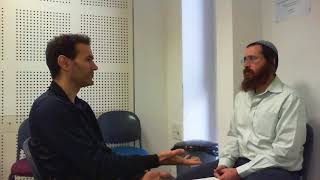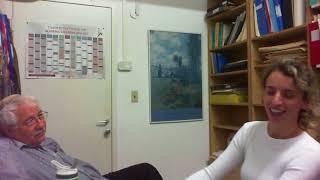Background (105-028-09-1)
The patient, a mildly forgetful old man, has come with a shopping list of problems to the doctor for a regularly scheduled visit for which the doctor has his own list of items on his agenda. Of major concern to the patient are his increasing forgetfulness and his nephew’s attempt to sell him special vitamins for all his problems.
The action
The patient repeats his main concerns, noted above, and adds that he is afraid of aging like his brother with severe memory impairment. Without responding directly to the content of the patients words. the doctor cuts him off and requests to talk about the patient’s blood pressure.
Educational opportunities
This clip is a strong example of the conflict between a doctor generated agenda and a patient generated one. Ideally, there should be some melding of the two; here nothing like that happened. The doctor maintained his doctor-centered approach, There are a number of overlapping conceptual tools with which to analyze this exchange:
- Using the “scale of responses” to consider other ways of responding.
- The exchange results in a “ transition “ – i.e. a change in the direction of the discussion- whereby the doctor changes the topic from the patient’s fear of dementia to the topic of blood pressure . What rules regarding transitions were ignored here and with what consequences?
- And finally, the doctor’s response could be viewed as an attempt to restrain the patient. How could the formula “R3NO2Ad2” be helpful here?
Note: the same kind of exchange repeats itself exactly between 2:08- 3:01 and again, in a slightly more paternalistic way, between 4:20-4:45


